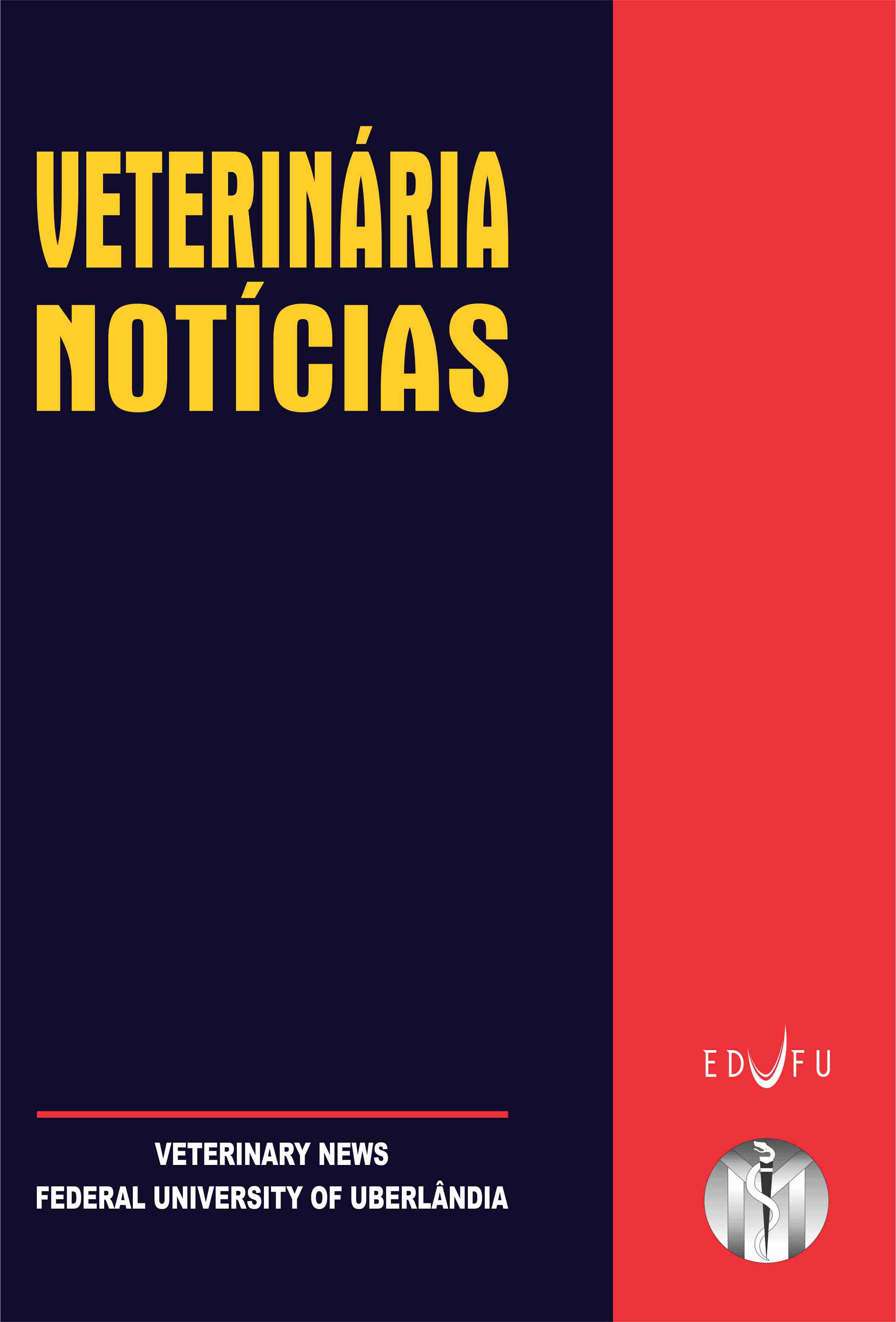USE OF ACTIVE AND INACTIVE YEASTS IN LAMB DIETS: INTAKE, DIGESTIBILITY, AND METABOLISM
DOI:
https://doi.org/10.14393/VTN-v27n2-2021-58884Abstract
This study aims to evaluate the use of active, inactive plus active, and inactive yeasts on the consumption
of dry matter, water, and the apparent digestibility of dry matter, urinary parameters, and serum
metabolites of lambs. Twenty crossbred lambs (Dorper x Santa Inês) were used, with an initial average
body weight of 31.89 kg and seven months of age, distributed in a completely randomized design.
Treatments were Control group (without yeasts); Active Flora® (ICC), live yeast plus inactivated yeast
(Saccharomyces cerevisiae, 2.0 x 1010 UFC g-1) in the dose of 0.003 kg of animal dry matter -1 day-1,;
Milk Sacc X® (Alltech®), active yeast - Saccharomyces cerevisiae strain 1026, 5.0 x 108 UFC g-1 - at
the dose of 0.0015 kg of animal dry matter-1 day-1; and Rumen Yeast® (York Ag Products INC.), inactive
yeast - Saccharomyces cerevisiae,1.5 x 104 UFC g-1 - in the dose of 0.0045 kg of animal dry matter-1
day-1. Variance analysis and the SNK (Student-Newman-Keuls) test were performed considering 5%
significance. For glycemic concentrations over time, regression analysis at 5% significance were
performed. The fecal score, as a non-parametric variable, was assessed by the Kruskal and Wallis test
at a 5% significance level. There was a statistical difference (P< 0.05) in fecal dry matter (FDM), where
the Active Flora® treatment was inferior to the others. The use of different yeasts did not change the
intake and digestibility of dry matter, water, urinary parameters, and serum concentrations of energy,
protein, and liver metabolites (P> 0.05). The average dry matter intake was 1.16 ± 0.16 kg day-1, whereas
the dry matter digestibility was 85.40 ± 2.73%. It was concluded that active and/or inactive yeasts can
be used as additives in the diet of lambs, maintaining the intake and digestibility of dry matter without
causing metabolic disturbances.

